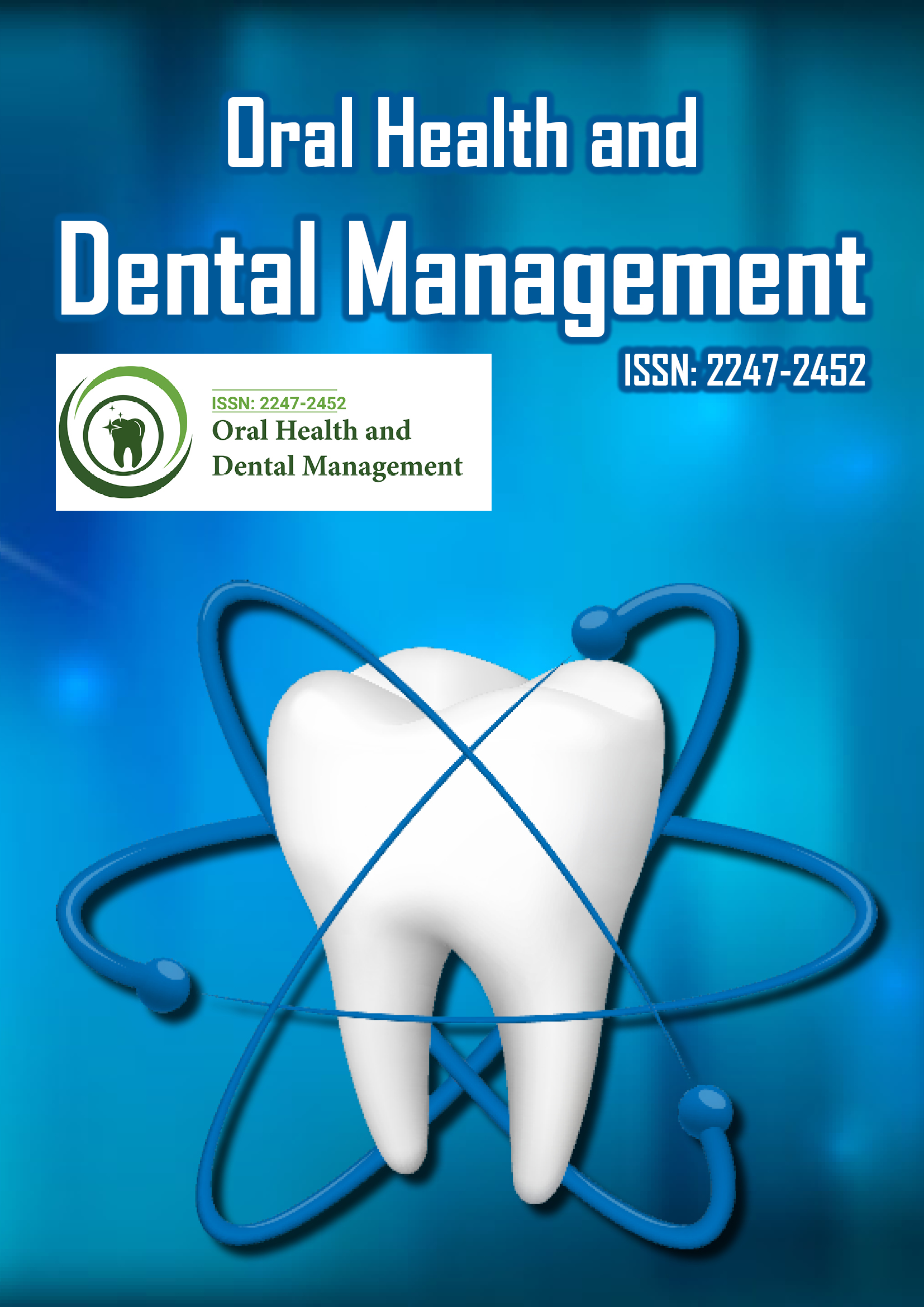ఇండెక్స్ చేయబడింది
- గ్లోబల్ ఇంపాక్ట్ ఫ్యాక్టర్ (GIF)
- CiteFactor
- ఎలక్ట్రానిక్ జర్నల్స్ లైబ్రరీ
- RefSeek
- హమ్దార్డ్ విశ్వవిద్యాలయం
- EBSCO AZ
- వర్చువల్ లైబ్రరీ ఆఫ్ బయాలజీ (విఫాబియో)
- ఇంటర్నేషనల్ కమిటీ ఆఫ్ మెడికల్ జర్నల్స్ ఎడిటర్స్ (ICMJE)
- గూగుల్ స్కాలర్
ఉపయోగకరమైన లింకులు
ఈ పేజీని భాగస్వామ్యం చేయండి
జర్నల్ ఫ్లైయర్

యాక్సెస్ జర్నల్స్ తెరవండి
- ఆహారం & పోషకాహారం
- ఇంజనీరింగ్
- ఇమ్యునాలజీ & మైక్రోబయాలజీ
- క్లినికల్ సైన్సెస్
- జనరల్ సైన్స్
- జెనెటిక్స్ & మాలిక్యులర్ బయాలజీ
- నర్సింగ్ & హెల్త్ కేర్
- న్యూరోసైన్స్ & సైకాలజీ
- పర్యావరణ శాస్త్రాలు
- ఫార్మాస్యూటికల్ సైన్సెస్
- బయోఇన్ఫర్మేటిక్స్ & సిస్టమ్స్ బయాలజీ
- బయోకెమిస్ట్రీ
- మెటీరియల్స్ సైన్స్
- మెడికల్ సైన్సెస్
- రసాయన శాస్త్రం
- వెటర్నరీ సైన్సెస్
- వ్యవసాయం మరియు ఆక్వాకల్చర్
- వ్యాపార నిర్వహణ
నైరూప్య
Comparative Evaluation of Push-Out Bond Strength of Bulk-Fill versus Dual-Cure Resin Composites in Root Canals
Aysin Dumani, Sehnaz Yilmaz, Gorkem Ozbilen, Cihan Cem Gurbuz, Oguz Yoldas
Purpose: The aim of this study to evaluate the bond strength of bulk-fill and dual-cure resin composites to root canal dentin at coronal, middle and apical levels. Materials and Methods: Forty four extracted single-rooted teeth were removed 12 mm from the apex and a root canal treatment was performed. The post spaces were prepared to a depth of 8 mm using a Cytec Blanco pilot bur. Then, the roots were randomly divided into four groups according to the restoration protocols: Fiber post + Panavia F, Clearfil DC Bond + Bulkfill composite (SonicFill), Clearfil DC Bond + Bulkfill composite (Clearfil PhotoCore), and Clearfil DC Bond + Dualcure composite (Clearfil DC CorePlus). For the push-out test, the roots were embedded in acrylic and sectioned using a watercooled diamond coated saw. Three slices (coronal, middle, and apical) were obtained from each root. Results: The SonicFill group had the lowest push-out bond strength values, while the Fiber post + Panavia F group had the highest median MPa levels for the coronal, middle, and apical levels (p<0.001). In all groups, the apical third section had a lower push-out bond strength compared with the middle and coronal levels. Conclusion: The bond strength of a sonic activated bulk-fill composite in root canals is lower than that of other conventional methods